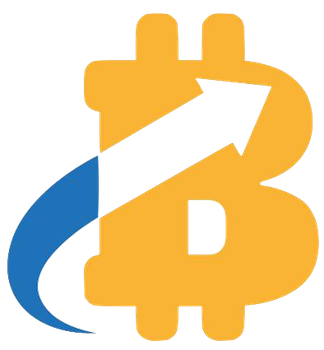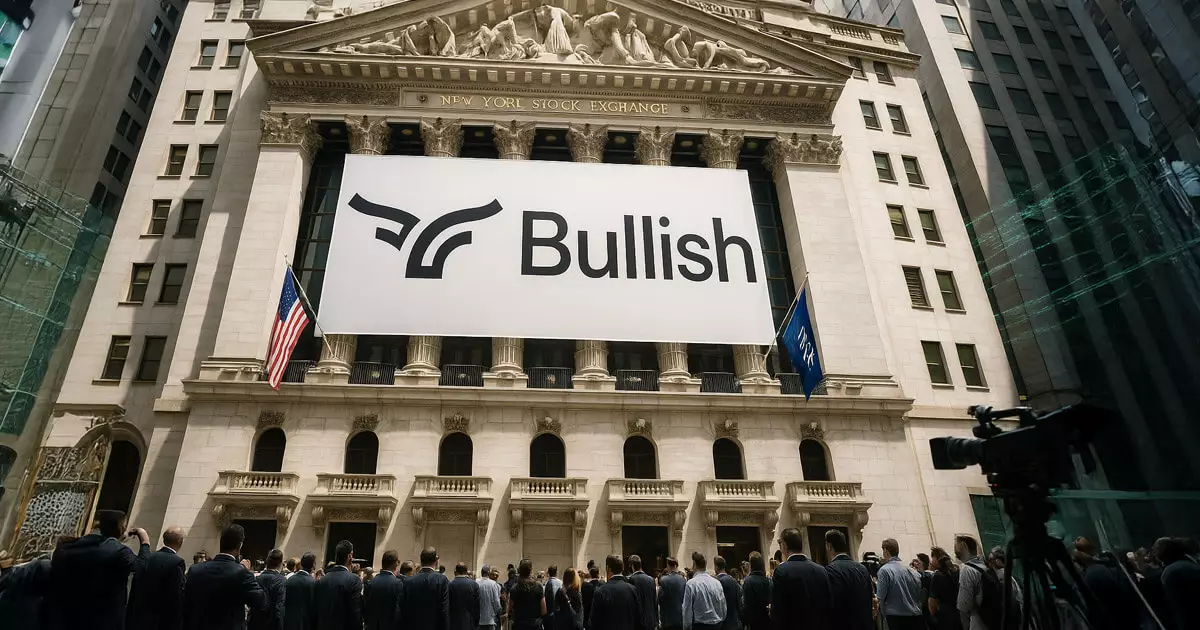The recent use of stablecoins in Bullish’s IPO process seems promising on the surface—a step towards integrating digital assets into traditional finance. But beneath this shiny veneer lies a tangled web of risks, unproven protocols, and systemic vulnerabilities that make such innovation more dangerous than visionary. Relying on stablecoins like RLUSD, USD1, and others, especially on networks like Solana, raises critical questions about the true security and stability of these assets. Are they truly as reliable as traditional fiat, or are they merely tokens that can be manipulated, hacked, or de-pegged in a market bubble? The hype surrounding seamless digital settlement masks the uncomfortable truth: the blockchain infrastructure underpinning these transactions is still untested at scale, leaving investors exposed to potential failures that could ripple across economies.
The Illusion of Efficiency and the Reality of Risk
Bullish’s strategy to adopt blockchain rails for capital management suggests innovation, but it also exposes fundamental flaws in the assumption that digital assets inherently improve efficiency. While near-instant settlements and transparency sound appealing, they obscure the operational risks embedded within these networks. Solana, despite its promise, has experienced outages and synchronization issues, undermining its reliability. Transitioning funds into Coinbase’s custody may confer some regulation, but the entire system remains susceptible to mismanagement, technical glitches, or cyberattacks. The belief that stablecoins automatically minimize settlement risks ignores the complex oversight required to manage these digital currencies safely—oversight that is often lacking in the rapidly evolving crypto landscape.
Institutional Entrenchment and Power Dynamics
The involvement of heavyweight players such as Ripple, Paxos, and Societe Generale underscores a dangerous consolidation of influence within the digital currency sector. Their adoption of stablecoins like RLUSD and USD1 signals an ongoing institutional push to normalize crypto assets, but it’s not without consequences. These entities, bound by their own interests, could prioritize profit and market control over transparency and security. Moreover, the reliance on these stablecoins as collateral or settlement mediums might entrench systemic risks—many of which are difficult to foresee or quantify. As these tokens become embedded into procurement, investment, and settlement workflows, the potential for narrow interests to distort market dynamics increases—another reason this digital shift warrants skepticism, not celebration.
Economic Consequences of Unchecked Innovation
The commercialization of blockchain-based settlements and stablecoins, though framed as progressive, could also serve to entrench economic inequalities. Small investors and retail participants are often kept at arm’s length from the technical and regulatory complexities that underpin these digital assets. As large firms and institutions leverage these tools for strategic advantage, the market risks becoming increasingly centralized and opaque. Furthermore, the reliance on digital tokens with questionable long-term stability could precipitate liquidity crises or undermine confidence in financial markets—particularly if regulatory oversight fails to keep pace with technological advancements.
Ultimately, while blockchain integration in financial markets promises a future of speed and transparency, its current implementation exposes critical vulnerabilities. The illusion of security and efficiency should not distract from the underlying instability—an instability driven by untested networks, concentrated power, and unregulated innovation. One must question whether the pursuit of cutting-edge finance will rot from within, leading to a destabilized system that favors a handful of influential players over genuine market integrity.



















Leave a Reply